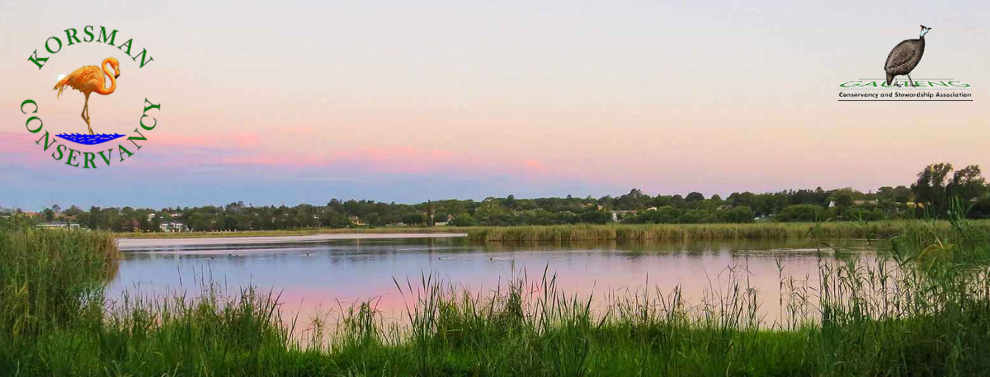
KORSMAN CONSERVANCY
HISTORY Part 2
The Animals
Blesbok, duiker, springbok and steenbok were introduced into the pan area in 1956. and ostriches in 1959. In 1966, three zebras were presented to Korsman by Mr. Morris Nestadt.
In 1967, Morris Nestadt offered to donate two giraffes to the Sanctuary, but Council refused the offer.
Enoch Council caretaker Enoch Masuko worked at the Sanctuary for over 20 years. Enoch had a special relationship with the birds in the park and knew them by name. Most were very comfortable around him, although the ostriches could be aggressive. In case the male ostrich would get too stroppy, Enoch took a long stick with him on his walks through the park, to defend himself if the ostrich were to attack. Enoch was distraught when one Friday night, people broke in with their dogs and slaughtered ostriches and their chicks. The last male ostrich was put down after being severely cut on a car part that had been thrown over the fence.
Although the introduction of a pair of Blue Cranes in 1966 was ultimately unsuccessful, Enoch developed a special rapport with them. Whenever Enoch set off to inspect the sanctuary, the female blue crane, Anna, would follow him closely – often with the male crane Piet also tagging along.
Benoni horticulturalist Stephen Rehbock was involved at Korsman from 1968 to 1981. He worked at the Council nursery in Lancaster Rd growing vegetables as winter feed for the animals at Korsman (and the Bunny Park).
Problems There were numerous problems with the animals for many years. The springbok were not suitable for the environment, being plains animals. There was not enough vegetation to sustain the zebras. They appeared not to want to share the Sanctuary with other animals and started to kill newly born blesbuck, so were transferred to Johannesburg Zoo. A steenbok was stolen because it was used to being fed by the public, and would go to the fence. In about 1976, two dogs got into the Sanctuary and killed springbok.
Of the eight ostriches which came to the Sanctuary in 1959, two were stolen and five died, leaving only one female, so a male ostrich was brought from Nigel for breeding purposes. The first chicks, rejected by their mother, were put into a nursery until they were old enough to be brought back to the Sanctuary. In 1985 the female laid another eight eggs from which six young ostriches were successfully reared.
For several years Transvaal Nature Conservation complained that the area was overgrazed and that the animals were in a poor condition. Blesbok had formed bachelor groups. Nature Conservation decided in 1985 to move the animals. However, this decision was very unpopular with Benoni residents and the council kept them. In 1996, the Pan flooded and the buck suffered from a lack of grazing resources and developed hoof rot, so ten blesbok and nine springbok were sold to a farmer in Thabazimbi. The remainder of the animals were moved to a park in Nigel in 1998.
In later years, a large group of confiscated tortoises were introduced, but they all managed to escape through gaps in the fencing. The last one was repeatedly returned to the Sanctuary after escaping, but eventually disappeared.
Hundreds of frogs and bullfrogs were also relocated into the Sanctuary in 1985 and 1986 by Anne Mearns.
5.
Volunteers from 1980
Anne Mearns
Anne is a conservationist and wetland activist in Benoni who has won numerous awards for her work, most notably the Global 500 International Award from UNEP (United Nations Environmental Programme) in 1998. Anne is involved in the Gauteng Conservancy Association and has encouraged the formation of numerous Conservancies on the East Rand, including Korsman Conservancy.
Through being a member of the Wildlife Society in Benoni, Anne was most involved at Korsman from 1982 into the 1990s. Her Wilge Veld and Youth Club started using Korsman in 1985 for environmental education. Amongst other projects, the children planted indigenous trees and studied Korsman's birds and butterflies. Anne initiated a project to build an environmental education centre at Korsman, but it was ultimately turned down by the Wildlife Society head office, a great disappointment for her.
Anne drew up a management plan for Korsman which was accepted by Council in 1993. It included reed control, litter traps in storm water drains, and a burning programme, but little was ever carried out.
A bird hide was sponsored and built by WESSA (Wildlife and Environmental Society of SA) in 1996. This hide accidentally burnt down in 2007 in a fire started by Council workers that spread from the pump station grounds.
Friends of Korsman
In 2002, a group of concerned volunteers, under the auspices of WESSA and the leadership of the late well-known conservationist Ian Dustan, formed “Friends of Korsman” recognising a need to preserve and upgrade Korsman Bird Sanctuary.
Friends of Korsman held monthly work parties to collect litter and clear storm water inlets into the pan. They removed dilapidated wire structures of the old animal pens, invasive alien plants and a large number of domestic geese. They planted indigenous trees and succulents. To raise funds for various projects they held fun walks around the Sanctuary, and educational guided walks within the Sanctuary.
In 2005, a new bird hide, largely sponsored by Pam Golding Properties, was erected at Aloe St. The approach to the hide was fenced to make it open to the public. This hide was burnt down by vandals in 2011.
Korsman Conservancy was established in 2010 by Thys Venter. Jane Trembath has been Chairperson since 2014.
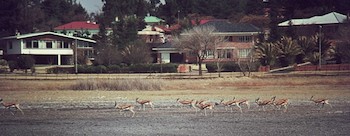

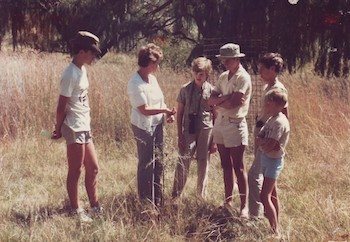
Anne Mearns and members of her Wilge Veld and Youth Club
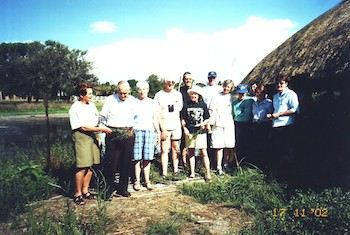
Friends Of Korsman founders, 2002
Below: Buck with Kilfenora St in the background
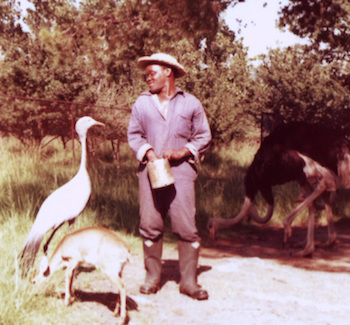
Enoch Masuku

Buck with Pan St in the background
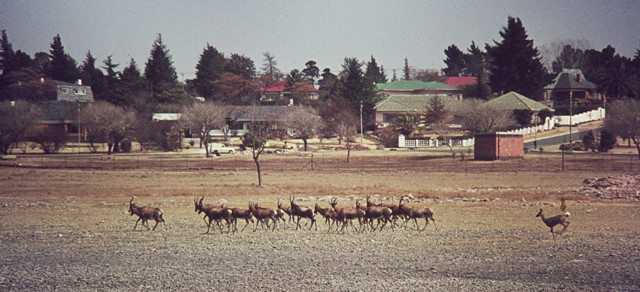
Arrival of the zebras



